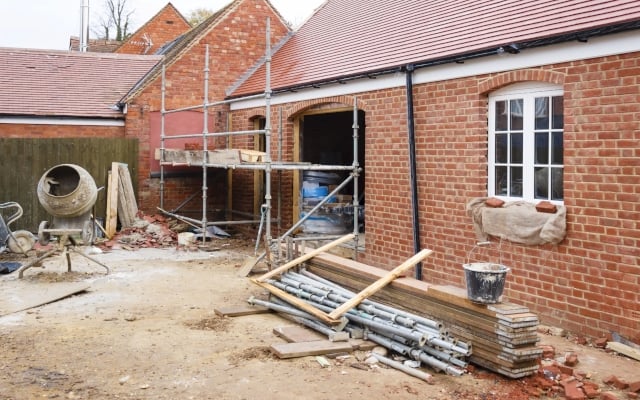News
How Is the Cost of a Home Worked Out?

The cost of a home is determined by several factors, including market conditions, location, size, features, and condition. Understanding how the cost of a home is worked out can help buyers and sellers make informed decisions and navigate the real estate market effectively. Here’s a breakdown of the key factors that influence the cost of a home:
1. Market Conditions
Market conditions exert considerable influence on house valuations. In a seller’s market, characterized by high demand and limited supply, home prices typically rise as buyers compete for available properties. Conversely, in a buyer’s market, marked by surplus supply and limited demand, home prices may decrease, necessitating sellers to adapt their pricing strategies accordingly.
2. Location
Location is a primary determinant of home prices. Desirable neighborhoods with good schools, amenities, and proximity to employment centers tend to command higher prices. Factors such as neighborhood safety, walkability, access to public transportation, and local amenities can also influence home values. Properties located in urban centers or highly sought-after suburbs typically fetch higher prices than those in rural or less desirable areas.
3. Size and Layout
The size and configuration of a home are pivotal in establishing its price. Typically, larger homes with greater square footage command higher prices compared to smaller ones. Additionally, factors such as the number of bedrooms and bathrooms, along with the layout and flow of the home, can influence its value. Properties boasting open floor plans, contemporary kitchens, and expansive living spaces are often more sought after and may command premium prices in the market.
4. Features and Upgrades
The features and upgrades of a home can significantly influence its cost. Properties with desirable features such as updated kitchens, bathrooms, hardwood floors, and high-end appliances tend to command higher prices. Other desirable features, such as a fireplace, outdoor living space, swimming pool, or smart home technology, can also increase the value of a home and justify a higher asking price.
5. Condition
The condition of a home, including its age, maintenance, and upkeep, can affect its cost. Well-maintained homes that are move-in ready and require minimal repairs or renovations typically command higher prices than properties in need of significant upgrades or repairs. Buyers may be willing to pay a premium for a home that has been meticulously maintained and is in excellent condition.
6. Comparable Sales
Comparable sales, or “comps”, are recent sales of similar properties in the same area that provide a benchmark for determining the value of a home. Real estate agents use comparable sales data to assess the fair market value of a property and recommend an appropriate listing price. Factors such as the sale price, location, size, features, and condition of comparable properties are considered when determining the value of a home.
7. Economic Factors
Economic variables like interest rates, employment rates, and consumer sentiment can impact home prices. Low interest rates and a robust economy generally bolster housing demand, leading to increased home prices. Conversely, escalating interest rates, economic instability, or fluctuations in the job market may diminish demand, exerting downward pressure on home prices.
To summarize, the price of a home is influenced by various elements such as market conditions, location, size, amenities, condition, comparable sales, and economic indicators. By grasping these crucial factors and partnering with knowledgeable real estate experts, buyers and sellers can adeptly navigate the real estate market and make well-informed decisions regarding purchasing or selling a home.
